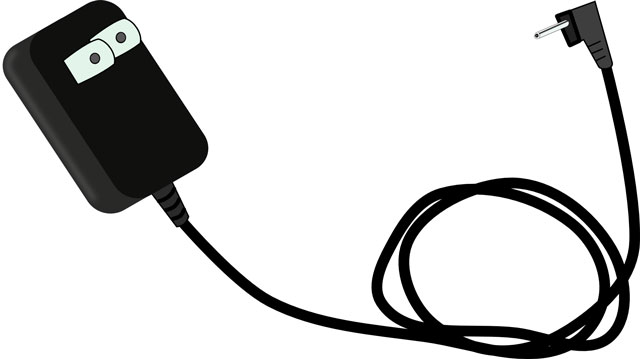
Bad news: there is unlikely to be be a breakthrough in smartphone battery technology before the end of the decade, according to a new report.
Although there will be incremental improvement in existing lithium-ion battery technology, nothing is set to bring fundamental changes for the foreseeable future, according to Deloitte’s TMT Predictions 2015 report, released this month.
“The lack of progress in smartphone battery capacity is not for lack of trying, but simply because it is extremely difficult to identify a battery chemistry that is better and suitable for use in the highly diverse operating environments in which the billions of consumer electronic devices we own are used,” the report says.
“Many private companies and public organisations are and will likely remain focused on inventing better battery chemistry — the reward for the inventor is enormous — but the need to optimise the many different characteristics that define what a ‘good’ battery is makes the task a challenging one.”
According to Deloitte, a battery that is suitable for everyday use needs to balance a number of properties.
Firstly, it needs to concentrate as much total energy into as little weight as possible. And as much total energy should go into as little volume as possible.
Other factors include how much peak power can be delivered per unit weight and the cost of the technology, which has to be kept low.
“One very promising field of battery research is graphene, but this nanomaterial currently costs over US$100/gram to manufacture. The price will fall, but as of 2015 a graphene battery in a smartphone would add about $1 500 for the raw material alone [while] a $20 smartphone battery contains less than $0,02 of lithium carbonate.”
Safety, durability, efficiency, output current, operating temperature, self-discharge rate and the complexity of the charge system are the other factors that have to be balanced, the report says.
“We are not aware of any breakthrough battery chemistry in commercial development in 2015 that offers significant improvements across a sufficient range of these characteristics. But even if there was such a breakthrough, there would be further, time-consuming hurdles to pass: it is highly unlikely that a replacement for current lithium-ion batteries that could be ‘dropped in’ to existing devices and form factors will be available within the next three years.”
The report notes that internal combustion engine vehicles, of which there are more than a billion in use, still use 12V lead-acid batteries whose fundamental design is more than 100 years old. — (c) 2015 NewsCentral Media

